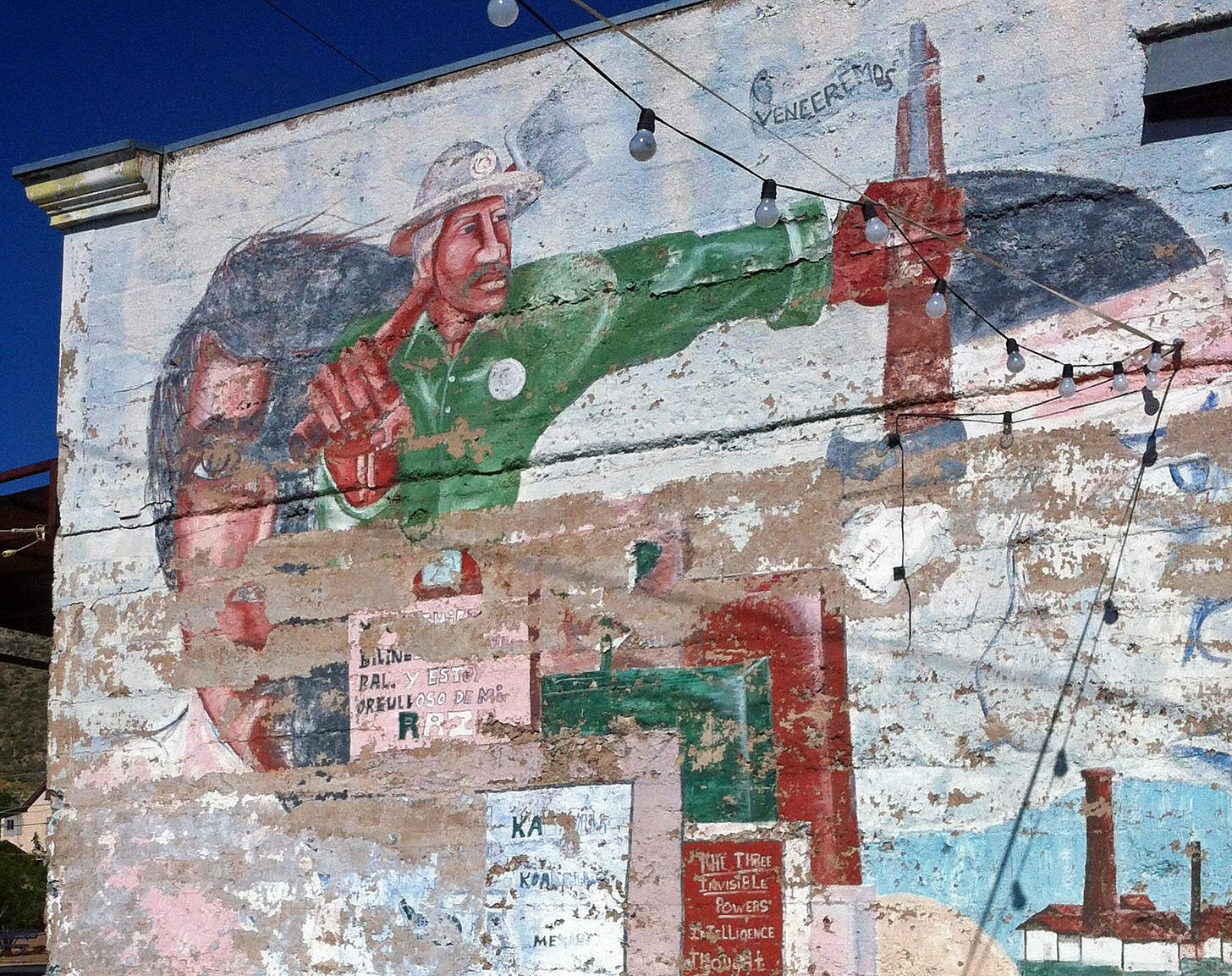Mining Monitor: Oak Flat reprieve; uranium briefs
Plus: Messing with Maps, United States of Mexico edition.
⛏️ Mining Monitor ⛏️

One of the longest-running and most fiercely fought battles over mining has been playing out at Chi’chil Biłdagoteel, aka Oak Flat, for at least two decades. That’s the …


